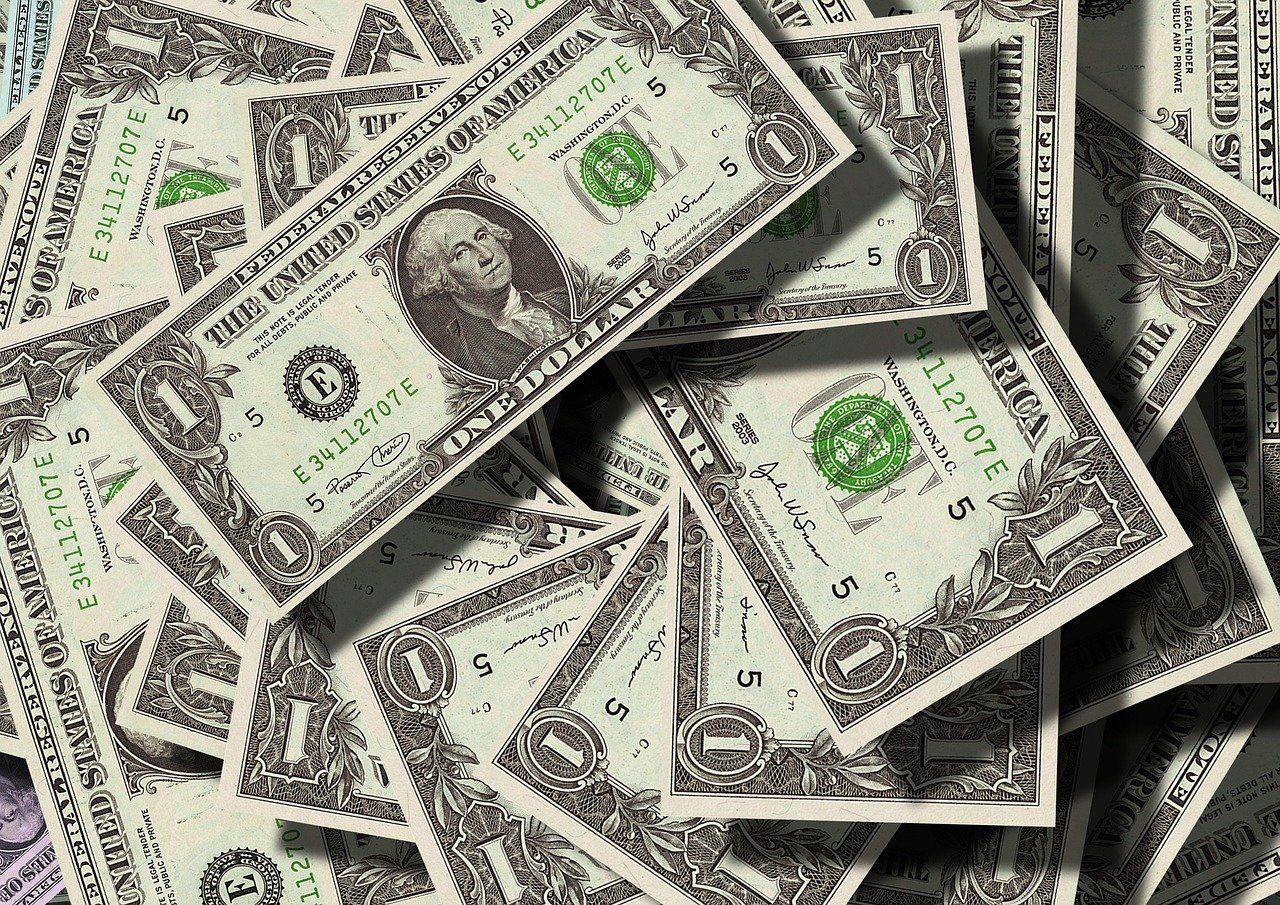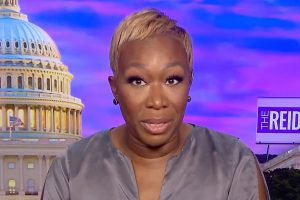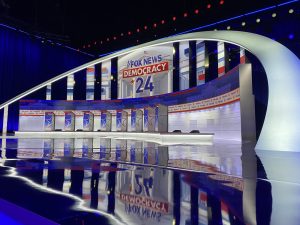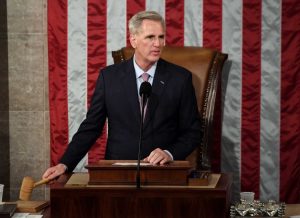The Federal Reserve raised the target federal funds rate for the eighth time in a row on Wednesday in its continued effort to curb persistent inflation. On February 1, the central bank approved a 0.25 percentage point increase after recent signs that inflationary pressures have started to ease. With the latest increase, the Fed’s target interest rate is set in a range between 4.50% and 4.75%, its highest level since late 2007.
The Fed said its campaign to control inflation is working while indicating it plans to keep rates high for some time. The Fed’s moves also affect the borrowing and saving rates consumers see every day. The Fed rate hike will correspond with a rise in the prime rate and immediately send financing costs higher for several forms of consumer borrowing, putting further pressure on households already under financial strain.
Also Read | Who is James Gordon Meek? Former ABC News investigative reporter charged for transporting child pornography
Here’s how interest rates can affect your money:
Higher credit card rate
Since most credit cards have a variable rate, they are directly linked to the Fed’s benchmark interest rates. Whenever the Fed hikes rates, the prime rate also increases, and credit card rates follow. Annual percentage rates are currently near 20%, on average, up from 16.3% a year ago according to Bankrate. At the same time, more cardholders carry debt from month to month while paying significantly high-interest charges – “that’s a bad combination,” said Greg McBride, chief financial analyst at Bankrate.com.
Also Read | Tyre Nichols memorial fund: Sara Bareilles, Tony Hawk, Lil Rel Howery, Ari Lennox contribute to GoFundMe
This rate hike will cost credit card users at least an additional $1.6 billion in interest charges, according to WalletHub.
Mortgage rates will remain higher
Adjustable-rate mortgages and home equity lines of credit are also linked to the prime rate. Rates on 15-year and 30-year mortgages are fixed and tied to Treasury yields and the economy. The average interest rate for a 30-year fixed-rate mortgage is now close to 6.4%, up around 3 full percentage points from 3.55% a year ago.
Also Read | Who is Dan Hayhurst, Pamela Anderson’s fourth husband?
Vehicle loans get more expensive
For anyone looking for a new vehicle in the next few months, the Fed’s rate hike could push up the average interest rate on a new car above 6.5%. Even though auto loans are fixed, payments are getting higher as the prices for cars are surging along with the interest rates on new loans. Currently, the average interest rate on a five-year new vehicle loan is 6.18%, up from 3,96% last year.
Also Read | How to get Ozzy Osbourne’s ‘No More Tours 2’ ticket refunds?
Expensive student loans
The interest rate on federal student loans taken out for the 2022-23 academic year already rose to 4.99%, up from 3.73% last year and any loans approved after July 1 will likely be even higher. Private student loans may have a fixed rate or a variable one linked to the Libor, prime, or Treasury bill rates – meaning that as the Fed increases rates, those borrowers will also pay more interest. However, the amount varies with the benchmark.
Also Read | Why YouTube TV is losing MLB Network
However, the interest rates on savings accounts have increased after a recent run of fed rate hikes. The Fed has no direct influence on deposit rates, they tend to be correlated to changes in the target federal funds rate, and the savings account rates at some of the largest retail banks, which have been near rock bottom during most of the Covid pandemic, are currently up to 0.99%, on average. According to DepositsAccounts.com, the rates on one-year certificates of deposit at online banks are also higher around 4.75%







